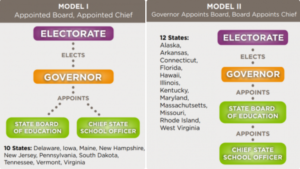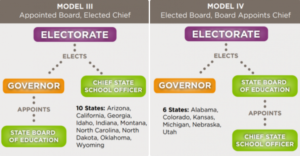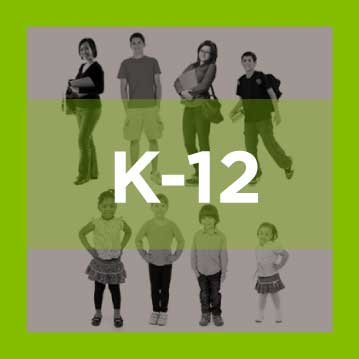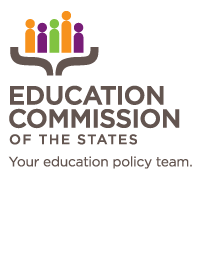State education governance can be complex and a bit of a mystery to even the most experienced policy wonks. While education policy discussions usually focus on policy improvements, innovative practices and student-centered initiatives, the question that is rarely asked is, “How is policy in my state created?”
To help answer that question, we released two new resources — a 50-State Review and database — that highlight how K-12 governance structures shape the relationships in the policy process and the rules that guide how those relationships work. They provide a basis for comparison across all 50 states and a high-level overview for those interested in their state’s practices.
So how can you use them?
Here are some of the core governance questions our resources can answer:
Who are the key education policymakers in my state?
This is the easiest question to answer. We have framed our 50-state Comparison database around constitutionally and statutorily identified policymaking roles — governors, legislators, chief state school officers, state boards of education and executive-level secretaries.
Interestingly, not every state has these roles. For instance, Minnesota and Wisconsin do not have state boards of education, and 30 states have some type of executive-level secretary role.
What are their roles?
Although policy roles appear to be similar in each state, laws outlining powers, duties and appointment authority in education place varying degrees of responsibility on each position. This is best exemplified in states like Oregon, where the governor is technically the chief state school officer, and in Massachusetts and the District of Columbia, where the executive-level secretaries are given oversight power for key education governance institutions. Our resources help readers understand the nuanced distinctions of how similar role groups (governor, legislator, etc.) can play different roles in another state’s governance arrangement.
How are their relationships structured?
Many policy leaders work in separate branches of government or in different administrative agencies, so knowing how their relationships are structured helps us understand how different individuals and policy institutions are connected at the state level. Our 50-State Review outlines four governance models to help you understand the structure of policymaker interactions in each state. The models provide a general overview of the how key education policymaking roles are connected across branches of government and provide a basic framework for understanding how those connections shape the policymaking process for states using these models.


It’s important to have a roadmap for how policy is made. Without understanding who makes decisions and the processes for those decisions, advancing educational goals is difficult. As states work to improve policy alignment across the P-20 spectrum, policymakers should be aware that governance roles and relationships can support and complement innovative practices and provide key leadership in uncertain environments.







